Stainless Steel products are have a high demand in market. Hence, there are a lot of stainless steel flanges manufacturers in India. Ninthore Overseas strives to compete with this growing competition. We always work hard to provide you with the best quality stainless steel products. We produce the excellent quality array of stainless steel Flanges. While manufacturing SS Flange, addition of alloy makes it more durable and reliable. We offer Stainless Steel Flanges in various sizes, shapes and grades to meet the needs of our patrons.
Ninthore Overseas provides a high range of varieties of SS Flange to cater to the demands of intended applications of various industries. Also, we provide stainless steel Flanges to our patrons with dynamic thickness, sizes and shapes. We believe that the intended applications can be met by availing the products as per the requirements. Hence, customised SS Flanges by cutting and manufacturing into desired shapes and sizes are provided to our clients. We are leading stainless steel flanges manufacturers in India.
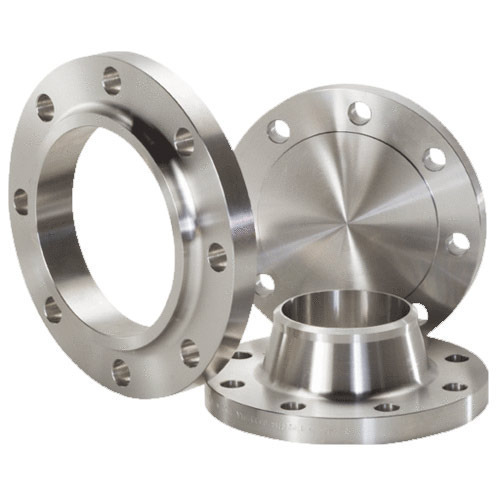
Our clients are attracted to the quality we provide. To assure our continuing high performance in standard quality, the products undergo various testing. Stainless steel Flanges also go through testing like flattering/ flaring test, hardness test, radiography test, hydrostatic test, PMI/ IGC test, chemical/ mechanical test, macro/ micro test.
We offer standard and customized grades stainless steel flanges to meet the intended needs of the customers. Hence, we have become one of the top stainless steel flanges manufacturers in India.
Grades of Stainless Steel Flanges
- Stainless steel F 304 Flanges
- SS 304 L Flanges
- Stainless steel 304 H Flanges
- SS 316 Flanges
- Stainless steel 316 Ti Flanges
- SS 316 H Flanges
- Stainless steel 316 L Flanges
- Stainless steel 316 LN Flanges
- SS 309 S Flanges
- Stainless steel 309 H Flanges
- Stainless steel 310 S Flanges
- SS 310 H Flanges
- Stainless steel 317 Flanges
- SS 317 L Flanges
- Stainless steel 321 Flanges
- SS 347 Flanges
- Stainless steel 347 H Flanges
- SS 201 Flanges
- Stainless steel 202 Flanges
- Stainless steel 904 L Flanges
Types and Applications of Flanges
- Slip on Flanges : Slip-on flanges usually slip over the pipes. Slip-on flange are made with an inside diameter of the pipe flange slightly larger than the outside diameter of the pipe. Hence, the Slip-on flanges slip over the pipes. Slip-on pipe flanges are weld, usually on the both inside and outside, to provide strength and prevent leakage. These flanges can sometimes also have a boss/ ring or hub. Also, these types of flanges can be with bore to suit either pipe or tube. These flanges are suitable for low pressure applications
- Blind Flanges : Blind flanges are also blanking flanges. These blind flanges have their uses in high pressure applications. To seal the end of a piping system to prevent flow of liquids or gases, these flanges come to use. The use of blind flanges allow ease of access to a piping system.
- Weld Neck Flanges : Weld neck flange connects to the pipes by welding the pipe to the neck of the pipe flange. This helps to pass on the stress from the weld neck to the pipe itself. Weld neck flange generally have uses in high pressure applications where hot and cold temperature exists.
- Threaded Flanges : Threaded flanges are also known as screwed flanges. Also, they are similar to the slip on flanges, but the bore is thread to enable assembling without welding. Threaded pipe flanges normally have their uses with pipes that have external threads. The flanges aren’t counseled for applications wherever bending stresses, air mass or high temperatures are concerned.
- Socket Weld Flanges : Stainless steel socket weld flanges are generally used on smaller sizes of high pressure pipes. These pipe flanges attach by inserting the pipe into the socket end and applying fillet weld around the top. This allows for the smooth bore and better flow of the fluid or gas inside the pipe. These flanges are typically used on smaller sizes of high pressure pipes.
- Spectacle Flanges : Spectacle flanges also known as figure-8 blind flanges – are generally pieces of metal. The whole idea of a spectacle blind is so that one can be absolutely sure that an item of equipment is properly and securely blanked off with no possibility of any flow or discharge through a valve throughout maintenance. Spectacle blind flange be applied in systems, which regularly need to be separated from other installations.
- Lap Joint Flanges : A lap joint flange consists of two parts, the backing flange and the stub end. The stub end will be butt weld to the pipe and the lap joint flange will be slip around the stub end. The lap joint flange does not connect to the pipe and the stud end directly.
- Orifice Flanges : Orifice Flanges have uses with orifice meters for the purpose of measuring the flow rate of either liquids or gases in the respective pipeline. Pairs of pressure “Tapping”, mostly on 2 sides, directly opposite each other, are machine into the orifice flange. This makes separate orifice carriers or tapping within the pipe wall unneeded.
- Groove Flanges : The Tongue and Groove faces of this flanges should be matched. One flange face contains a raised ring (Tongue) machined onto the flange face whereas the mating flange includes a matching depression (Groove) machined into it’s face.
- Long Neck Flanges : Long Neck flange is also call integral flange. It means a welding neck flange has a very long neck. Commonly, the welding neck has a tapered neck and a bevel end which is going to butt weld with the matching pipe. For a very high pressure cases, long welding neck flanges are preferable.
- Flat Face Flanges : The Flat Face flange contains a gasket surface within the same plane because the bolting circle face. Applications using flat face flanges are frequently those in which the mating flange or flange fitting is from a casting. Flat face flange are never to be bolt to a raised face flange.
- Raised Face Flanges : Raised face flanges are accessible in most varieties of flanges. The purpose of a RF flange is to concentrate additional pressure on a smaller gasket space and thereby increase the pressure containment capability of the joint. It is useful in almost all applications in high and low pressures and temperatures.
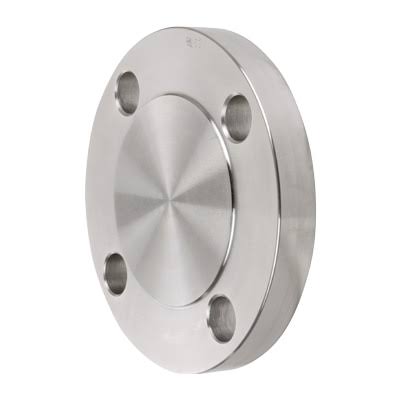
Blind Flanges 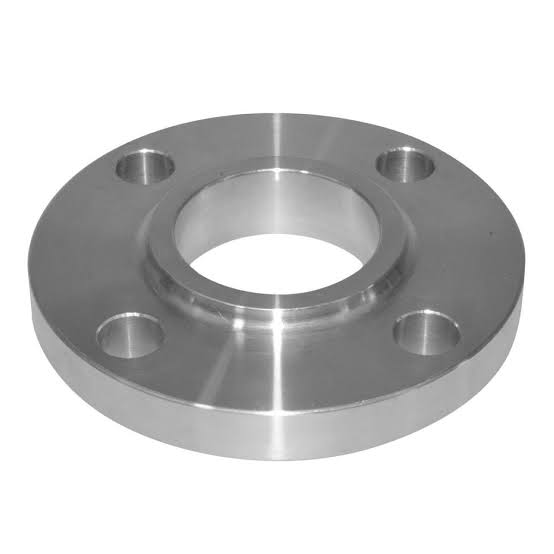
Slip On Flanges 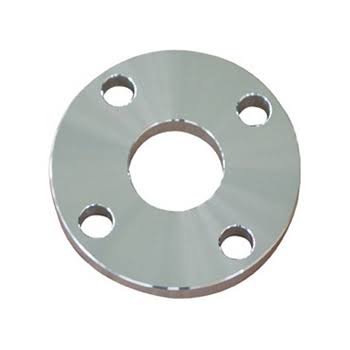
Flat Face Flanges 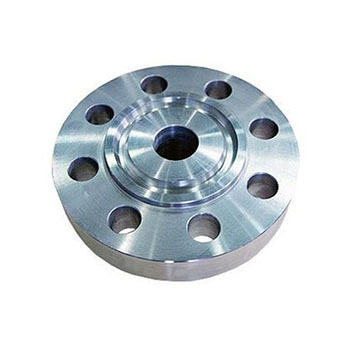
Groove Flanges 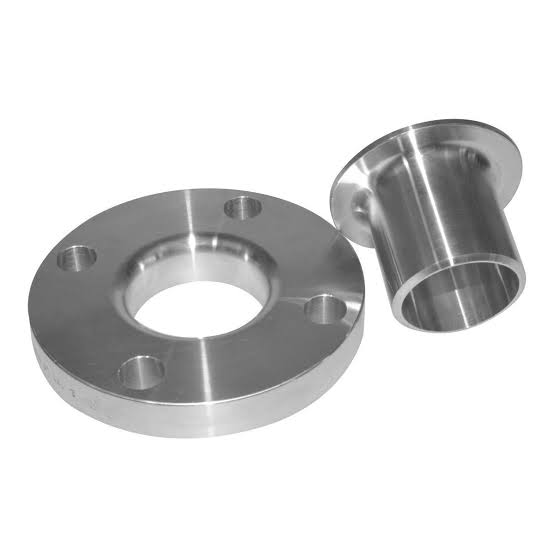
Lap Joint Flanges 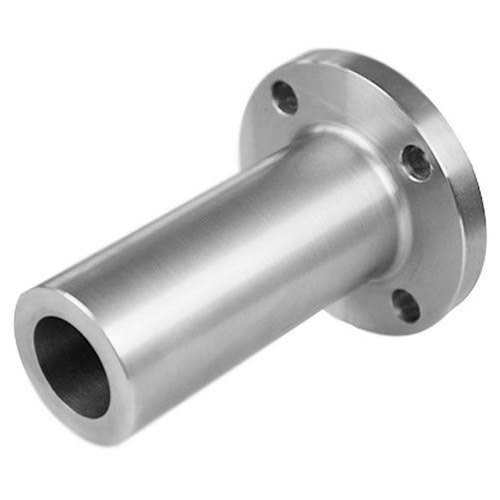
Long Neck Flanges 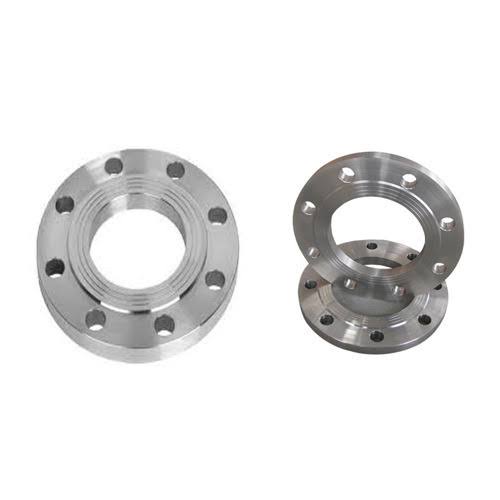
Raised Flanges 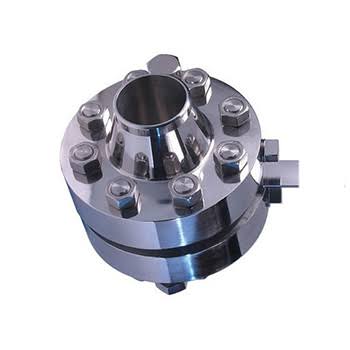
Orifice Flanges 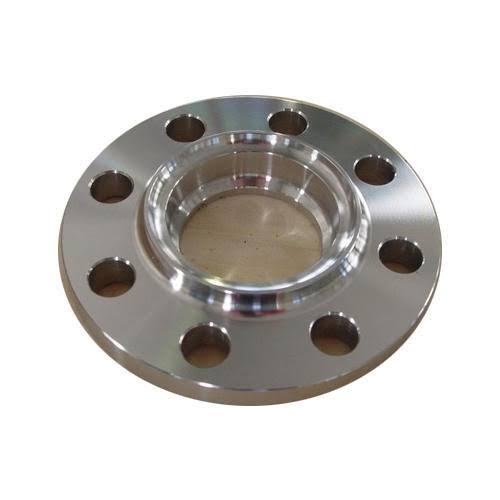
Socket Weld Flanges 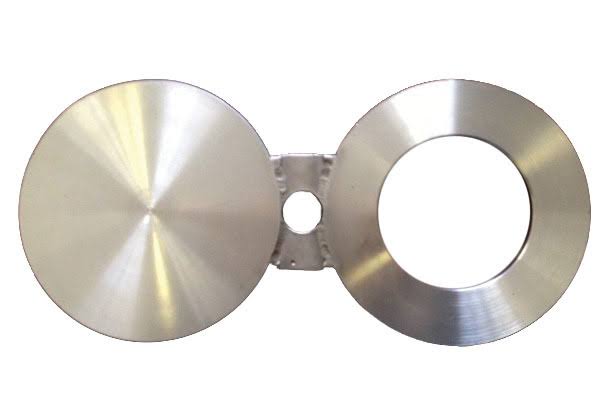
Spectacle Flanges 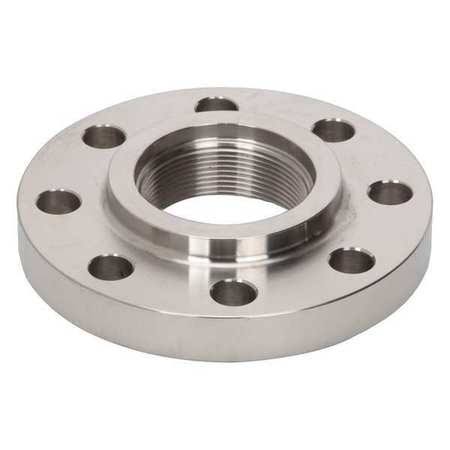
Threaded Flanges 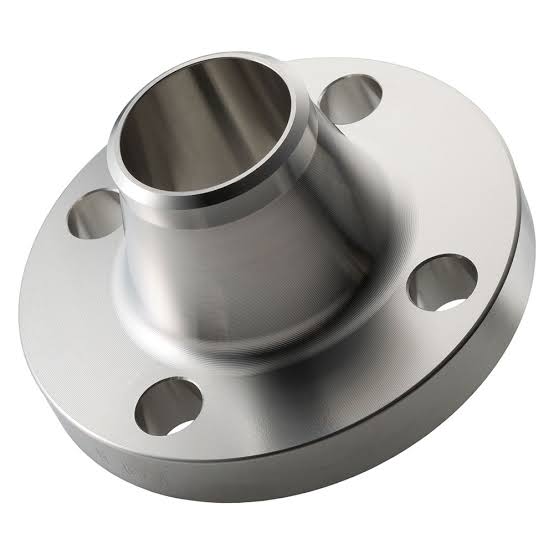
Weld Neck Flanges